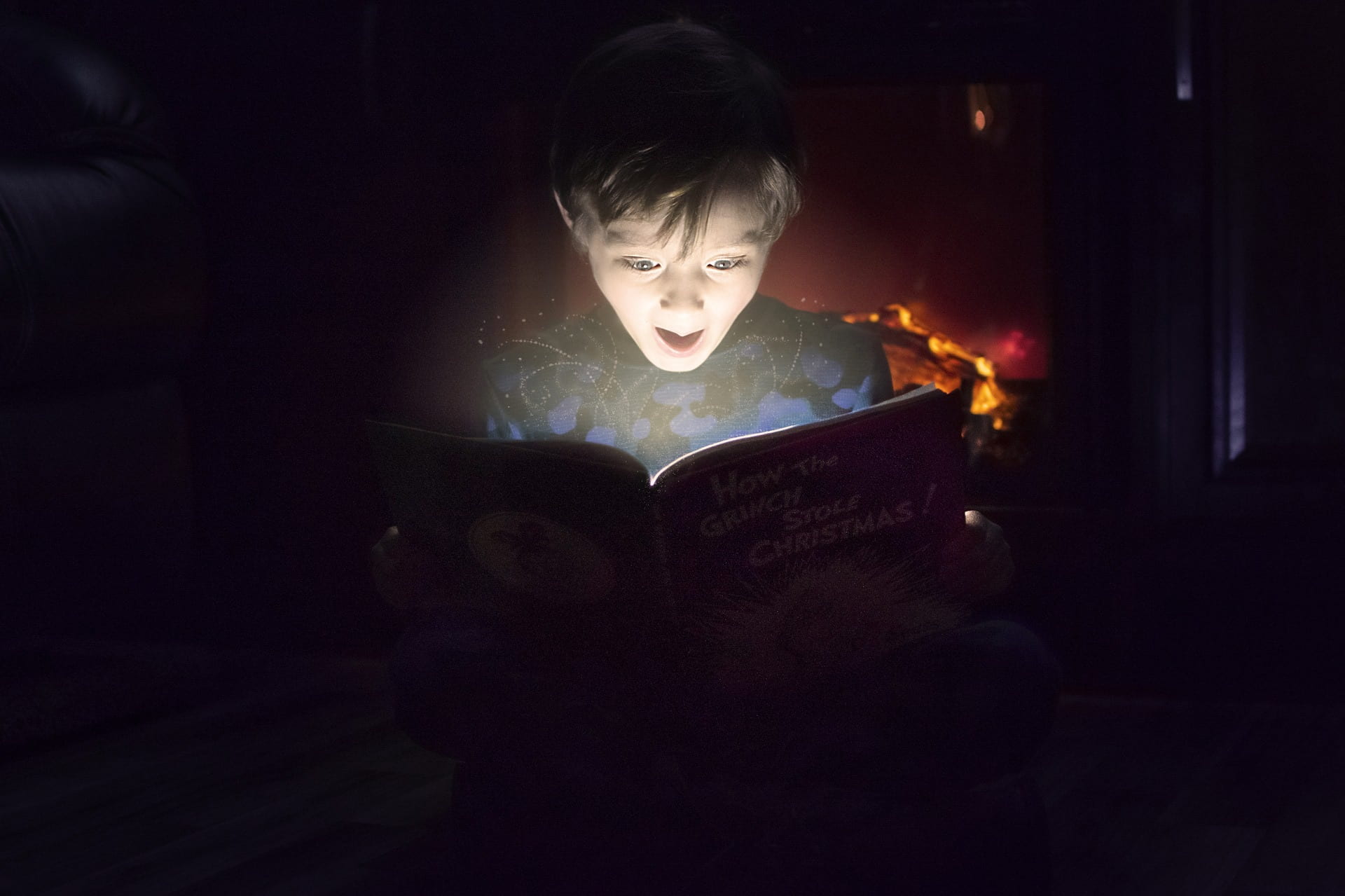 By David Futter (Retired Middle School teacher, IE Consultant/Researcher, LiD Master, Lives in Victoria BC)
By David Futter (Retired Middle School teacher, IE Consultant/Researcher, LiD Master, Lives in Victoria BC)
A teacher asks his students to write themselves a letter. The topic, how do they see themselves in the future? Four years after they graduate, he sends the letters back to them. It is a way for people to look at their aspirations, to contemplate being something more. Seeing the possible is at the heart Imaginative Education (IE) with stories helping this adventure.
I have come to believe that stories are far more important to Imaginative Education than we have previously acknowledged. Stories are present from the day we emerge to begin our life as a human. Becoming human is in fact a process deeply involved in story, storytelling and the process of storying Imaginative Education is premised on the interplay between emotion and imagination. We in IE posit Story as important to the development of teaching curriculum. Story as a format for teaching content, concepts and ideas is an integral aspect of IE pedagogy. Imagination and Emotion are key pillars in the theory of IE. I wish to elevate Story as a third pillar.
“Through others we become ourselves.” Lev Vygotsky
I wish to state from the outset that the key proponents of Imaginative Education have always held story as a major component and propose story as a main aspect in the pedagogy. IE, as an alternative to the main streams in education, uses imagination and emotion as the foundations to the theory of IE and to demonstrate the shortcomings of Progressivist and Traditionalist approaches. Kieran Egan succinctly illustrated the issues in a paper titled, “Why education is so difficult and contentious”[i] and enlarged his thoughts in his other works[ii]. Based on the psychological research and theory of Lev Vygotsky, we see the development of an alternative way to understand teaching and learning through the works of Kieran Egan. The theory of IE is extended into other areas, such as Imaginative Ecological Education (see Gillian Judson), literacy, history, science, business studies, leadership studies and art. I fully agree that teaching and learning is about the development, expansion and retention of the various cognitive tools that come with the “Understandings.” I want to argue that “Story” is equally important in human cognition. First, in combining with emotion and working to enhance the cognitive tool of imagination. For educators, this means that we should pay far more credence to story and its inclusion into the practice of teaching.
Lev Vygotsky saw the study of psychology through a new lens. He saw it as a sociocultural historical process. The above quote predicates that the development of higher psychological process appears first on the social plane and simultaneously on the individual plane. The rise of the individual is a result of the internalization of these processes. As Vygotsky states, “…internalization transforms the process itself and changes its structure and functions. Social relations or relations among people genetically underlie all higher functions and their relationships.”[iii] Story becomes a central part of our psychological process from an early stage in our development.
Through stories and storytelling we gain our ideas, views, beliefs and interpret our experiences. Story is so central to being human, as emphasized by Thomas King: “The truth about stories is, that’s all we are.”
“The complex cognitive structure of the emotions has a narrative form.” Martha Nussbaum
My belief is that stories/narratives are as fundamental in the process of learning as emotion and the development of imagination. The analytic priority in pedagogy ought to be emotion, imagination and story: an analytic triad. Emotion is certainly there from the beginning and is used by infants to communicate needs. As Martha Nussbaum[iv] teaches, there is an intelligence to emotions that requires a narrative. Emotions help make judgements about our experiences. Part of that process is realising the lack of control we have, which kicks off the need to control what we can. The hallmark of human development, historically, culturally and individually, is the incorporation of tools to extend our ability to attempt control of reality. Equally important to our evolution as the hand ax and spear was language. Language and its affiliated components —narrative, story, storytelling, myths, legends, metaphor, humour— became integral aspects of the communicative process. The ability to understand, comprehend and explain were greatly enhanced by these components.
The primary element of “good” or “lasting” stories is their ability to engage emotion.
Neuroscientists like Oliver Sachs, Antonio De Tomaso and Mary Immordino-Yang have all discussed the connection between emotion, thinking and learning. All identify emotion as significantly important to reason and rationality. Dr. Immordino Yang’s research shows how the leveraging of emotions for learning concepts, ideas and knowledge is fundamental to learning.
Story is a foundational element to imagination along with emotion.
If emotion is important to learning and story/story formats are important to learning and developing higher cognitive processes, how is it related to imagination? Again, the philosopher Nussbaum points the way. By realizing that emotions reveal us as being vulnerable in the world, the dynamic for control unfolds. As she writes,
“Human beings appear to be the only mortal finite beings who wish to transcend their finitude.”[v]
In IE, we state that imagination is the ability to consider the possible, the sense of wonder and the underpinning of all invention. It is “… the most important dimensions of meaningful and memorable learning whatever the topic.”[vi] We distinguish it from innovation and creativity. Furthermore, we identify it as a cognitive tool that must be developed with our students. Seeing stories as tools that help us view “something more”[vii] for ourselves, our institutions and society, one can make the connection to imagination. Viewing story as an aspect that is socially and culturally derived in the development of psychological process, I would posit that Story is a foundational element to imagination along with emotion: the analytic triad of learning.
In Imaginative Education we stress the need to engage emotion and imagination as fundamental. We also promote the story format to present knowledge, concepts and ideas.
I want us to view the understanding and use of story as more than presenting information via the five Ws (Who, What, Where, When and Why). This aspect is important, but the reason Story is imperative is its integral part in the development of higher psychological process. If the art of pedagogy is to elucidate meaning and support meaning making, then story must be recognized as a major pillar in Imaginative Education. If as Kieran Egan asserts, “all knowledge is human knowledge; it grows out of human hopes, fears and passions,”[viii] then Story is a vital part of the teaching-learning process and central to understanding the theory of Imaginative Education. Imagination, Emotion and Story are part and parcel of the human endeavour to “transcend its finitude.”
 Reference List
Reference List
[i] Kieran Egan webpage. https://www.sfu.ca/~egan/
[ii] See The Educated Mind(1997), Getting it Wrong from the Beginning(2002), The Future of Education(2008)
[iii] Vygotsky, 1981b, p. 163
[iv] Martha Nussbaum in Brainpickings article. https://www.brainpickings.org/2015/11/23/martha-nussbaum-upheavals-of-thought-neediness/
[v] Ibid
[vi] imaginED website.
[vii] John Hamilton https://www.npr.org/2010/08/30/129471712/our-storied-lives-the-quest-for-something-more
[viii] Kieran Egan




